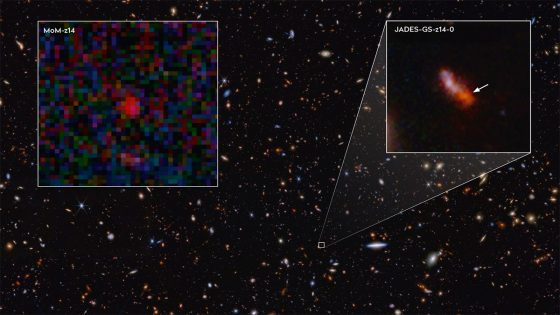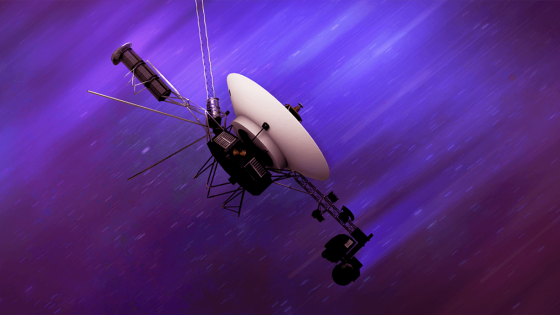This week marked the arrival of the Sturgeon Moon, a celestial event that captivates stargazing enthusiasts in the Northern Hemisphere each August. The Sturgeon Moon, named after a fish species that thrived in the Great Lakes, peaked just before 4 a.m. ET on Saturday, August 9, 2025-08-10 02:01:00, illuminating the night sky for several days.
- Sturgeon Moon rises annually in August.
- Named after a prehistoric fish species.
- Full moon peaked on August 9, 2023.
- Bright moon visible several days prior.
- Sunset times varied across U.S. cities.
- Photos of Sturgeon Moon available for viewing.
As the full moon entered its peak phase, viewers across the U.S. enjoyed its bright glow. In New York City, the moon began to shine shortly after sunset on August 8, while other cities like Phoenix and Los Angeles had their own optimal viewing times. This annual event not only highlights the beauty of the night sky but also connects US to the natural world.
The Sturgeon Moon raises intriguing questions about lunar cycles and their impact on Earth. Why do certain moons have specific names, and how do they influence our environment? Understanding these connections can deepen our appreciation for celestial events.
- The Sturgeon Moon is named for a fish that dates back 136 million years.
- It appears each August, marking a significant time for stargazers.
- Full moons can affect tides and nocturnal wildlife behavior.
As we continue to explore the cosmos, let this lunar event inspire curiosity and a deeper understanding of our universe.
































